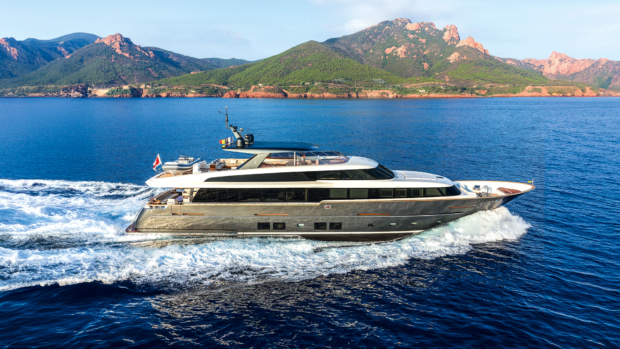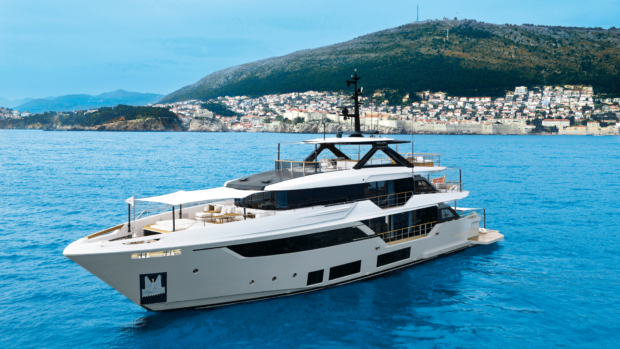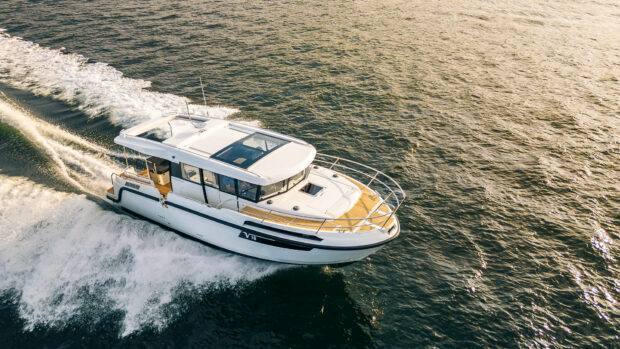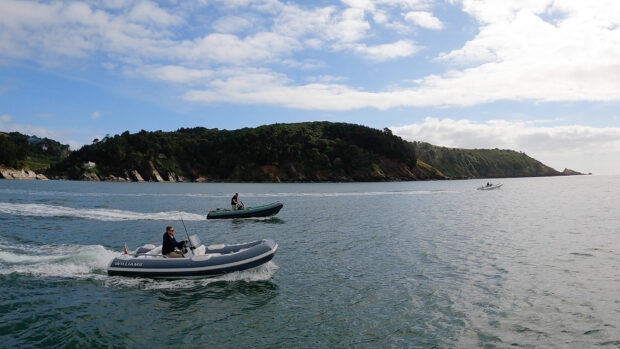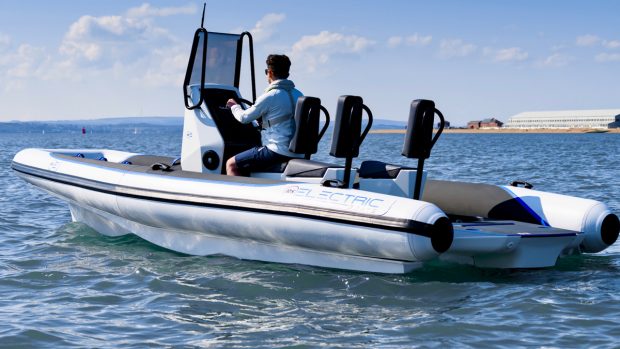Pleasure boaters cruising the British coastline in spring/summer 2002 will be grateful to learn that they can drop their anchors and take a dip in clean water at the highest number of locations around the UK coast for five years
Pleasure boaters cruising the British coastline in spring/summer 2002 will be grateful to learn that they can drop their anchors and take a dip in clean water at the highest number of locations around the UK coast for five years.
Last year, the Environment Agency revealed that the quality of water reached the mandatory bathing water standard at 97% of the beaches monitored, or 467 of the 481 designated beaches in England and Wales, which says the EA is the highest number since monitoring began in 1988.
In addition, 287 bathing waters or 60% of designated waters, complied with the stricter Guideline standards in 2001, up by more than 15% from last year and the highest number since monitoring began. Both the mandatory and Guideline standards are measured by the number of contaminants called coliforms present in a fixed volume of water (100ml).
The Guideline standard demands a very stringent 80% of the samples taken at a location to have no more than 500 total coliforms per 100ml of water or 100 faecal coliforms per 100ml of water. Faecal coliforms and faecal streptococci, also measured, are indicators of the presence of traces of human sewage, so it’s good to learn that these are at an all time low.
At a time when some Mediterranean locations have reported alarming environmental news including the declaration of an “environmental emergency” in three Italian cities and the continued spread of a foreign weed, Caulerpa, that is suffocating large areas of the sea, it is gratifying to know that the UK has some of the cleanest beaches in Europe.
This should be a welcome boost to tourism, especially the recreational boat and water sports communities, and especially in light of this year’s foot and mouth debacle, which brought the UK tourist industry virtually to its knees.
The Environment Agency’s Chief Executive Barbara Young said: “Better quality levels (of bathing water) have been achieved through hard work and heavy investment by the water industry in improving sewage systems, aided by the Urban Wastewater Treatment Directive, but our work isn’t over. (Improving) the quality of bathing water is vital to the EA’s goal of improving and protecting inland and coastal waters.” Of particular importance to south coast boaters, a large number of locations in the Solent recorded the highest Guideline standard again this year, Calshot in Hampshire for example having recorded this rating for the sixth consecutive year, and the site has not recorded a rating of ‘Poor” since 1988.
Keep up the good work and boaters can contribute to the EA’s efforts by reducing marine rubbish and using bio-degradable detergents perhaps? Who knows, we might even see a dolphin in the Mersey one day?




